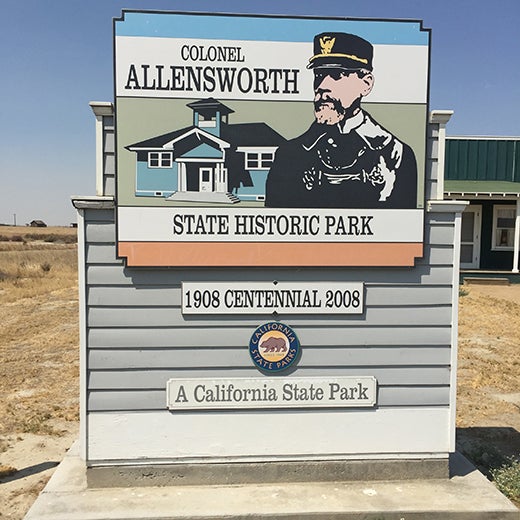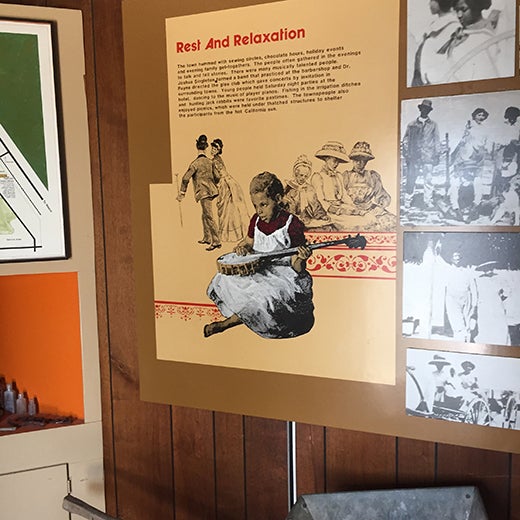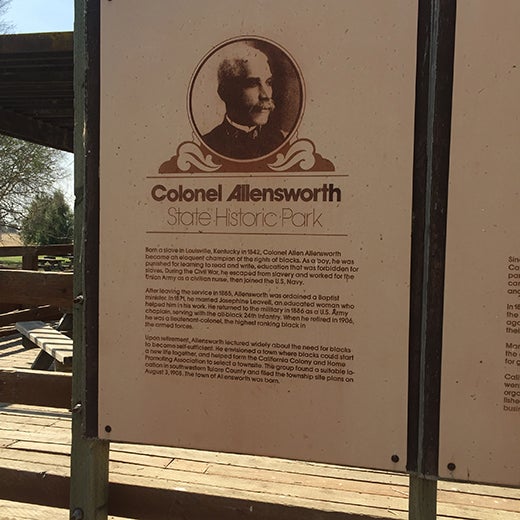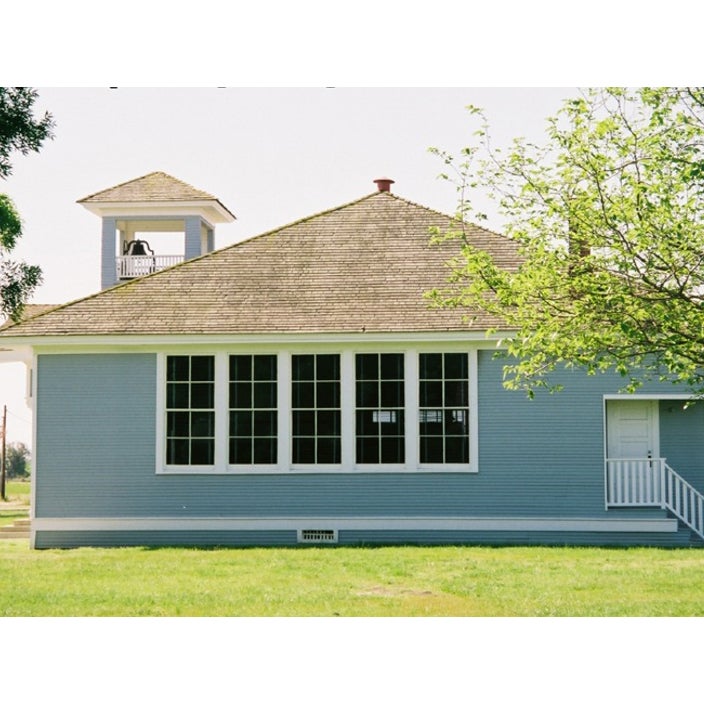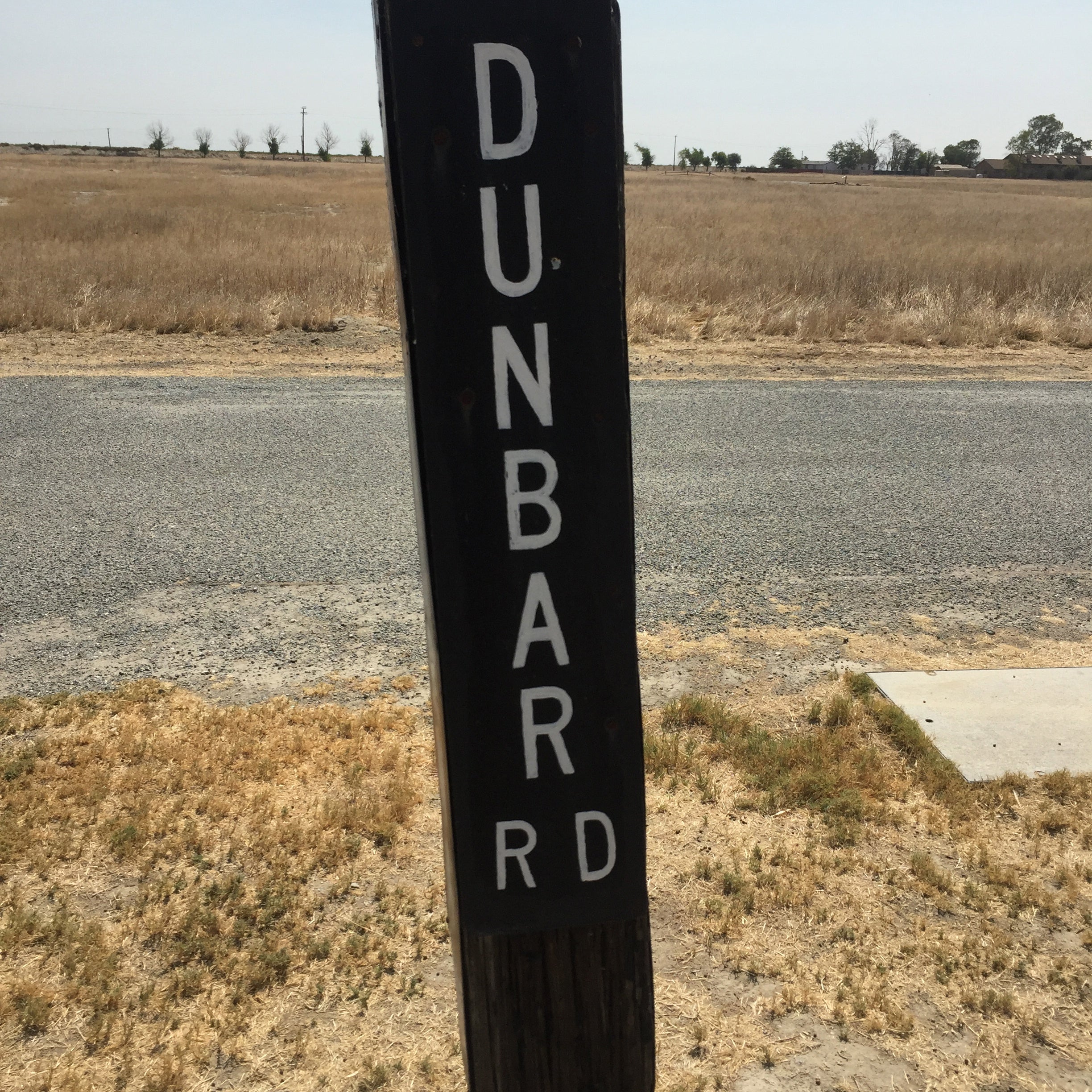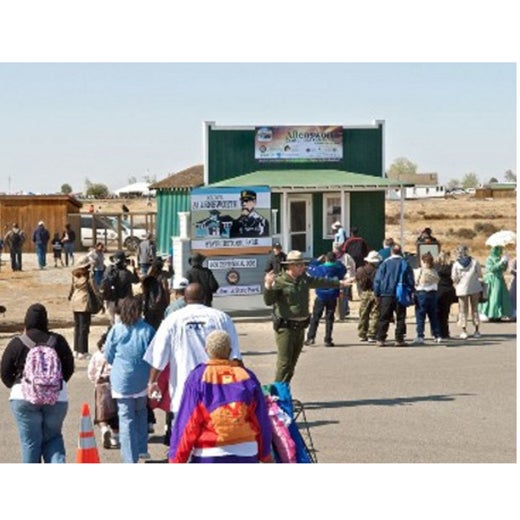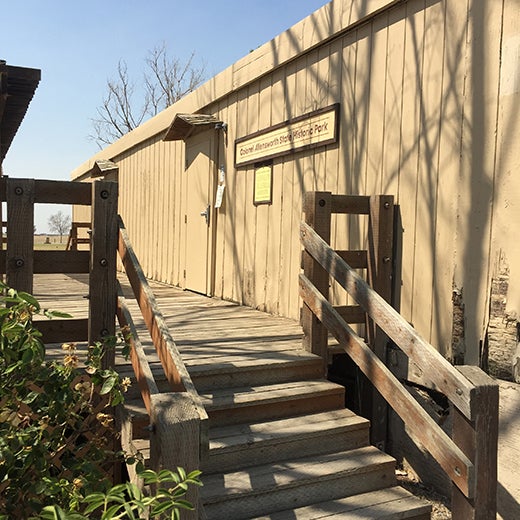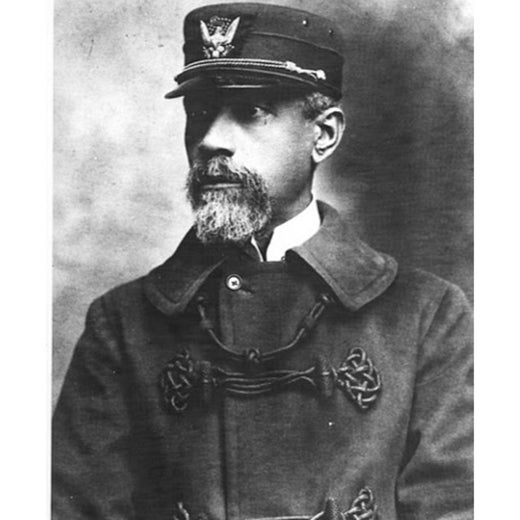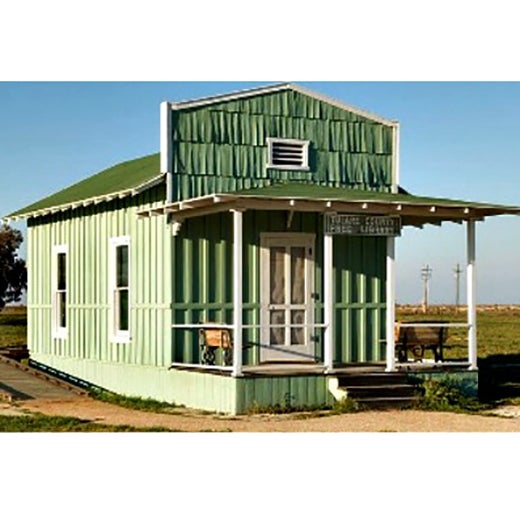In case you haven’t heard of Allensworth, Calif. – and you likely haven’t – the site, which is a now a state park, was once California’s first town founded, funded and governed by Black people. Created in 1908, Allensworth came to be despite and because of America’s post-Reconstruction racism and bigotry. In connection with the Chevy Suburban, which is promoting and celebrating eight decades of existence, Essence is shedding an overdue spotlight on Allensworth and its history.
Allen Allensworth, the town’s most prominent leader and one of its five founders, was born enslaved in Louisville, Kentucky. But he escaped, fought for the Union Army during the Civil War and later became the chaplain for the Buffalo Soldiers. A Booker T. Washington acolyte, Allensworth married, had two daughters and enjoyed a rich and fruitful life until he was struck by a reckless motorcyclist and killed in 1914 at the age of 72.
Allensworth, which is 30 miles north of Bakersfield, Calif., had a schoolhouse and California’s first Black school district prior to the town’s decline. The productive and progressive town also boasted a Baptist church, a judicial district, a glee club, a hotel, sewing and social circles, and a library that became a part of the county’s free library system. Many of the streets were named after Black luminaries including poet Paul Laurence Dunbar.
Although the town gave its all Black inhabitants a feeling of self-sufficiency and pride, the sense of empowerment and independence proved short-lived when the town’s sustainability began to unravel in 1914 due to Allensworth’s death, a weakened economic base, a drought, poor crop yields, and well-water problems.
The Santa Fe Railroad moved its rail stop, which diverted dollars away from the town, and an underdeveloped water supply lowered the town’s water table. Many residents began moving out of Allensworth shortly after World War I in 1918. Those who remained struggled to stay afloat especially when arsenic was found in the town’s well water in the 1960s. Shortly after that, Allensworth was scheduled for demolition. By the 1970s, it could no longer be found on the map.
Then a fascinating thing happened in 1974. That’s when the California State Parks department purchased land within the townsite of Allensworth, not only turning it into a state park but restoring significant buildings and monuments to their former glory. The list includes Colonel Allensworth’s house, the library, schoolhouse, general store, and church.
If you plan to visit, and you really should at least once, keep in mind that there’s not a lot of things to do beyond touring the exteriors of the reconstructed buildings and viewing a movie about the town. Allensworth is also kind of in the middle of nowhere so when you visit, understand that this will likely be the only stop on the agenda unless you plan on hunkering down for a night or two at the state park’s campsite, hiking or biking the trails, or doing some outlet shopping in nearby Tulare, Calif.
Keep in mind, there is also no perfect time to go but the flat and arid terrain is a lot hotter in the summer. In October of every year – which is cooler temperature wise – there is an annual Rededication Event in Allensworth, which includes a puppet show for kids and trumpets African American pursuits in education and economic development. This year’s Rededication takes place on Saturday Oct. 8. Visit www.parks.ca.gov for more information, history and driving directions.
